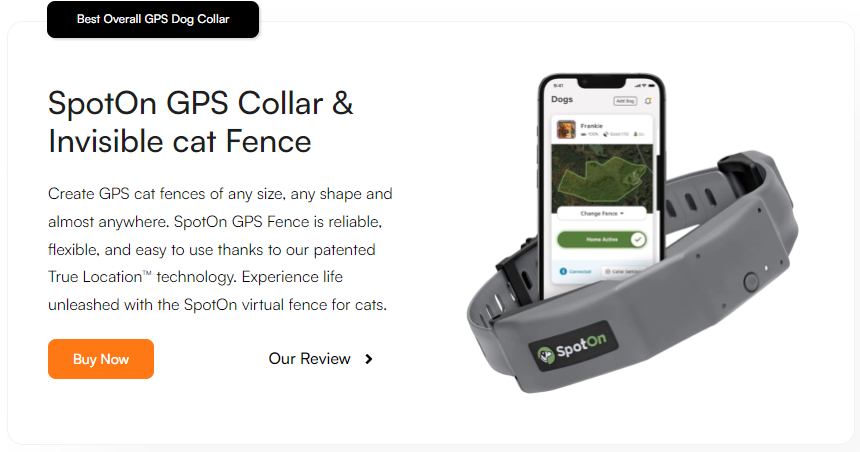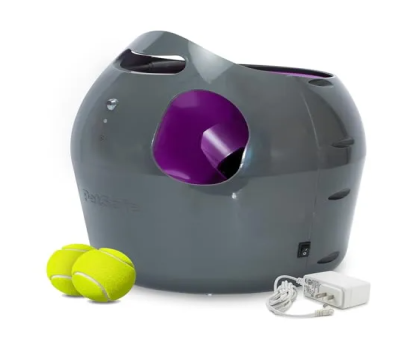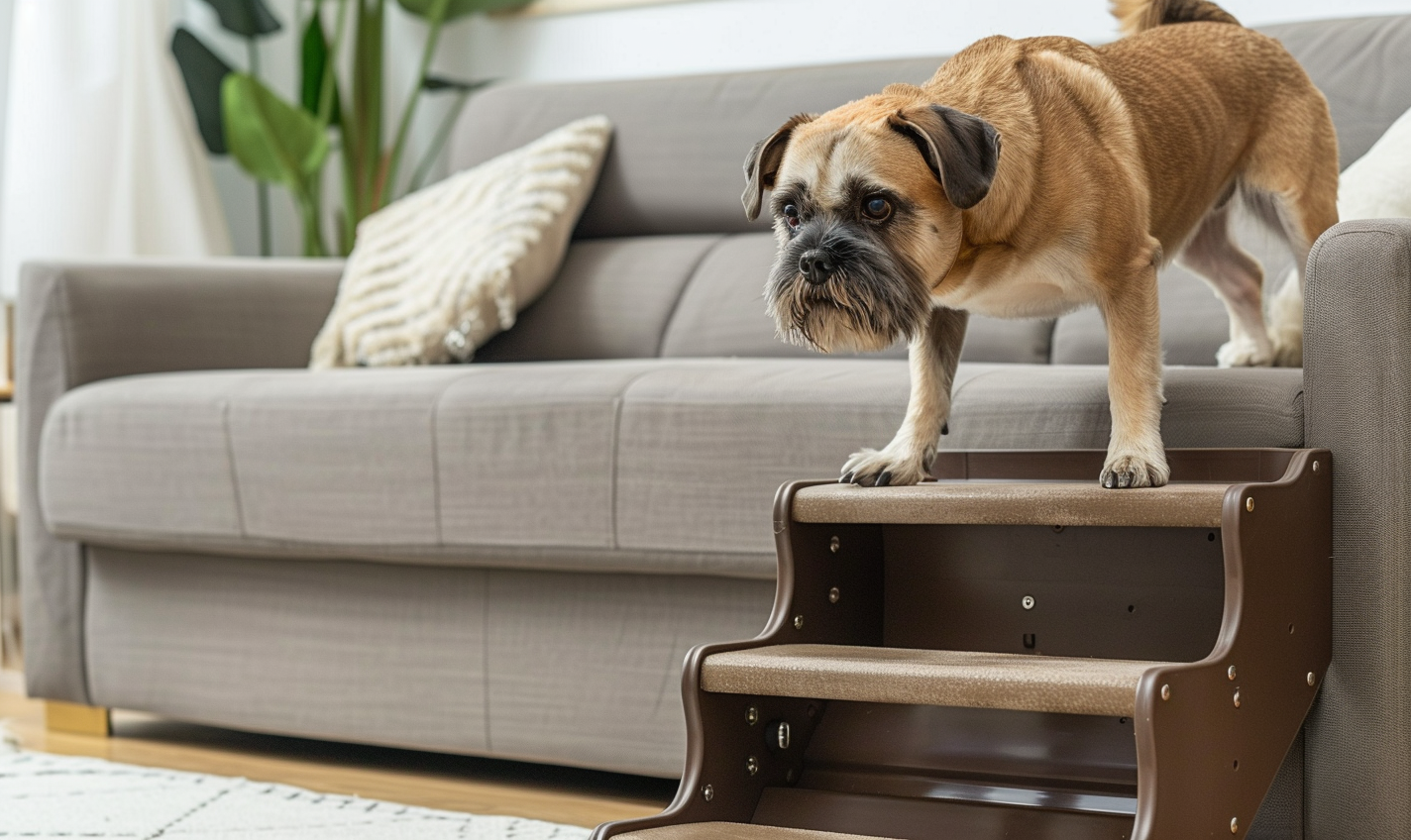FAQ
Pet insurance is a health insurance policy specifically for your pet. It helps cover the cost of veterinary care, including accidents, illnesses, and preventive care, depending on the plan you choose.
Now is the best time to get pet insurance because veterinary costs are rising, and having coverage can provide financial peace of mind. Early enrollment often means better rates and coverage before any pre-existing conditions develop.
There are many causes of vestibular disease and they are relatively common, especially in older dogs. The diseases may affect any portion of the vestibular system and they are broken down into two general categories, peripheral and central. Peripheral vestibular diseases affect the ear or nerves and central vestibular diseases affect the brain. To diagnose vestibular disease, your veterinarian will first perform a complete physical and neurologic exam. Other tests including blood pressure measurement and blood work. To definitively diagnose the specific cause of vestibular disease, advanced imaging (MRI or CT scan) is often needed. Sometimes veterinarians order a cerebrospinal fluid tap, which collects the fluid around the brain, to also help diagnose the disease.
Best Cat Ball Launchers in 2023
- Fetch machines
- Blaster
- Sling
- Thrower
- Fetch machines
- Blaster
- Sling
- Thrower

Table of Contents
iFetch : Automatic Fetch Machine for Cats

The clinical signs of vestibular disease include:
- Head tilt (if your dog’s head tilts to the side)
- Ataxia, which means a wobbly gait
- Falling over or circling
- Nystagmus, where the eyes make uncontrolled repetitive movements side to side, up and down, or in a circular pattern
- Additional, non-specific signs including:
- Decreased appetite
- Vomiting
- Nausea which generally presents as drooling or constant licking of the lips
The most common type of peripheral vestibular disease is known as idiopathic vestibular disease, also frequently called geriatric or old dog vestibular disease. Idiopathic means the disease may occur acutely and spontaneously, but has no known cause.
There is unfortunately no way to prevent vestibular disease in dogs, and it can be scary for pet owners since the symptoms can present quickly: in an hour or less. Symptoms are usually at their worst for the first one to two days. In most cases, signs spontaneously resolve over several days to a few weeks. The majority of dogs return to normal health over several weeks after the initial onset. Some pets might not completely return to normal, and can have permanent deficits such as head tilt or ataxia.
Other causes of peripheral vestibular symptoms include diseases affecting the ear, such as otitis media or interna (deep ear infections) and benign or cancerous tumors. Tumors can also be present on the nerve that signals to the brain. Hypothyroidism, in which the body does not produce enough thyroid hormone can also affect the vestibular system if left untreated.
Quick disclaimer: if you decide to purchase a SpotOn virtual fence for your pup through my referral link, I’ll earn a small commission at no extra cost to you. Also, this is not a sponsored review. I never delete the negative comments and talk about negative things compare to many other reviews.
Due to ongoing supply issues with electronics, the SpotOn fence might not occasionally go out of stock. If you see it available and decide it’s right for you, I recommend grabbing it right away.
The causes of central vestibular disease are often more serious and can be challenging to treat. Central vestibular disease carries a more guarded prognosis due to involvement of the brain tissue, which often leads to significant, permanent vestibular signs.
In an older dog, brain tumors are a common cause. These may be primary tumors originating from the brain which can be benign or cancerous. Cancerous tumors from other organs can also metastasize or spread to the brain, particularly hemangiosarcoma, which often affects the spleen and liver, mammary tumors and melanoma. Tumors that have metastasized carry a poor prognosis, and generally do not respond to treatments such as chemotherapy, surgery, or radiation. Brain hemorrhage, a type of stroke, is also a common cause. This can occur due to hypertension (high blood pressure), infections or issues with clotting blood appropriately. Diseases affecting the immune system and infections may cause meningoencpehalitis, which is inflammation of the brain and the surrounding protective tissues. Infectious causes include viruses such as distemper, parasites, bacteria or fungus.
Some diseases may affect both the peripheral and central vestibular system. These include head trauma and birth defects.
Unfortunately, most types of vestibular diseases are not preventable. Infectious causes are preventable by keeping dogs up to date on their vaccines, and using year-round heartworm and tick treatments. Internal ear infections may be preventable by keeping the environment of your dog’s external ear clean and by monitoring for early signs of ear infections, such as head shaking and excessive scratching.
Fish oil supplements may help as a natural anti-inflammatory in decreasing the severity and frequency of ear infections. For dogs who have ataxia permanently, fish oil and joint supplements containing glucosamine, chondroitin and MSM may help improve mobility and prevent conditions such as arthritis from occurring due to an abnormal gait.
Treatment varies significantly depending on the specific cause. Idiopathic vestibular disease has no specific treatment other than supportive care. No matter the cause, it is critical to keep the dog safe and rested to prevent injury. Some pets will need to be hand fed or have the water bowl lifted for them. Antinausea and motion sickness medication is sometimes also helpful. For pets that are severely affected, hospitalization may be necessary. If your dog exhibits any of the above symptoms, it’s wise to call your veterinarian immediately.
PetSafe Automatic Ball Shooter For Cats

GoCatGo Fetch Machine Cat Ball Launcher
If you are looking for a cat ball launcher that is ideal for cats of all sizes, you can try the GoCatGo Fetch Machine! The GoCatGo is one of the best automatic best cat launchers on the market today.
We tested this tennis ball launcher as soon as we unboxed it. Speaking of unboxing, the package includes five GoCatGo cat tennis balls, rechargeable lithium batteries, remote control, and an AC adapter.
The GoCatGo fetch machine offers a time-setting option that allows you to select launch intervals of four, seven, or fifteen seconds. A distance setting is also available, which varies based on the size and kind of ball used. It also comes with a remote control that works up to 50 feet away from the device.
Pros and Cons at Glance
- Financial Protection
- Access to Quality Care
- Peace of Mind
- Preventive Care Options
- Monthly Premiums
- Exclusions and Limitations
- Upfront Payments
- Complex Policies
Advantages of Pet Insurance

Pet insurance helps cover the cost of unexpected veterinary bills for accidents and illnesses, protecting you from significant out-of-pocket expenses. Monthly premiums make it easier to budget for your pet’s healthcare needs.
Insurance allows you to afford a wider range of treatments and procedures, including emergency care, surgeries, and specialist consultations. Some plans include coverage for preventive care such as vaccinations, dental cleanings, and annual check-ups.
Disadvantages of Pet Insurance

The need to pay monthly premiums can add up, and if your pet remains healthy, you might feel like you’re not getting your money’s worth. Pet insurance typically does not cover pre-existing conditions, which can be a significant drawback if your pet has ongoing health issues.
Certain policies exclude hereditary or breed-specific conditions, limiting the coverage available. Most pet insurance plans operate on a reimbursement basis, meaning you must pay vet bills upfront and then wait for reimbursement, which can take time.
Author
Ryan
Writer


